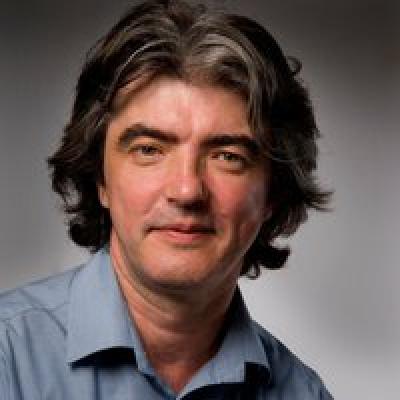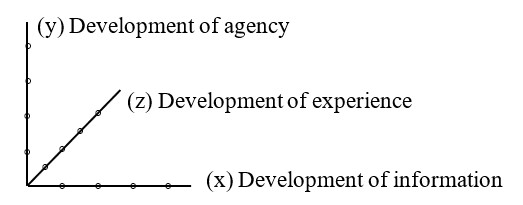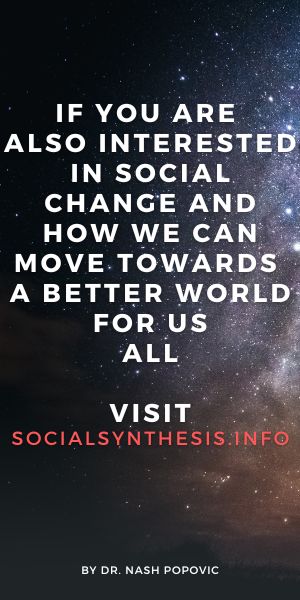PERSONAL DEVELOPMENT
Personal Qualitative Development

Written by Dr. Nash Popovic
We don’t only develop competences and capacities, but we also go through the qualitatively distinct stages of development. This is an equivalent of the ‘jumps’ in complexity that suggest that biological evolution also goes through a set of stages. The stages of personal development can be applied to the same three dimensions: the information and experience dimensions (that contribute to the development of awareness) and the agency dimension (that contributes to the development of intent).
In the diagram below, these dimensions are represented by lines and the stages by dots:


Each dimension has four dots, signifying the four stages: (1) physical, (2) conventional, (3) individual and (4) transcendent[1]. This is, of course, an idealised schema – there are transition periods of various length between them as well as huge variations within them. Also, they are not inevitable; the rate of change and the final stage reached differ widely from person to person. However, despite individual differences, some commonalities can be discerned for each stage in all three dimensions. Before we do that though, we need to make some general observations.
One important point is that the subsequent stages may modify but they don’t replace the previous ones. The other is that quantitative development (developing various capacities) within each stage can continue throughout one’s life. This implies that a person on a further stage of development is not necessarily better or superior to those who are not yet there

